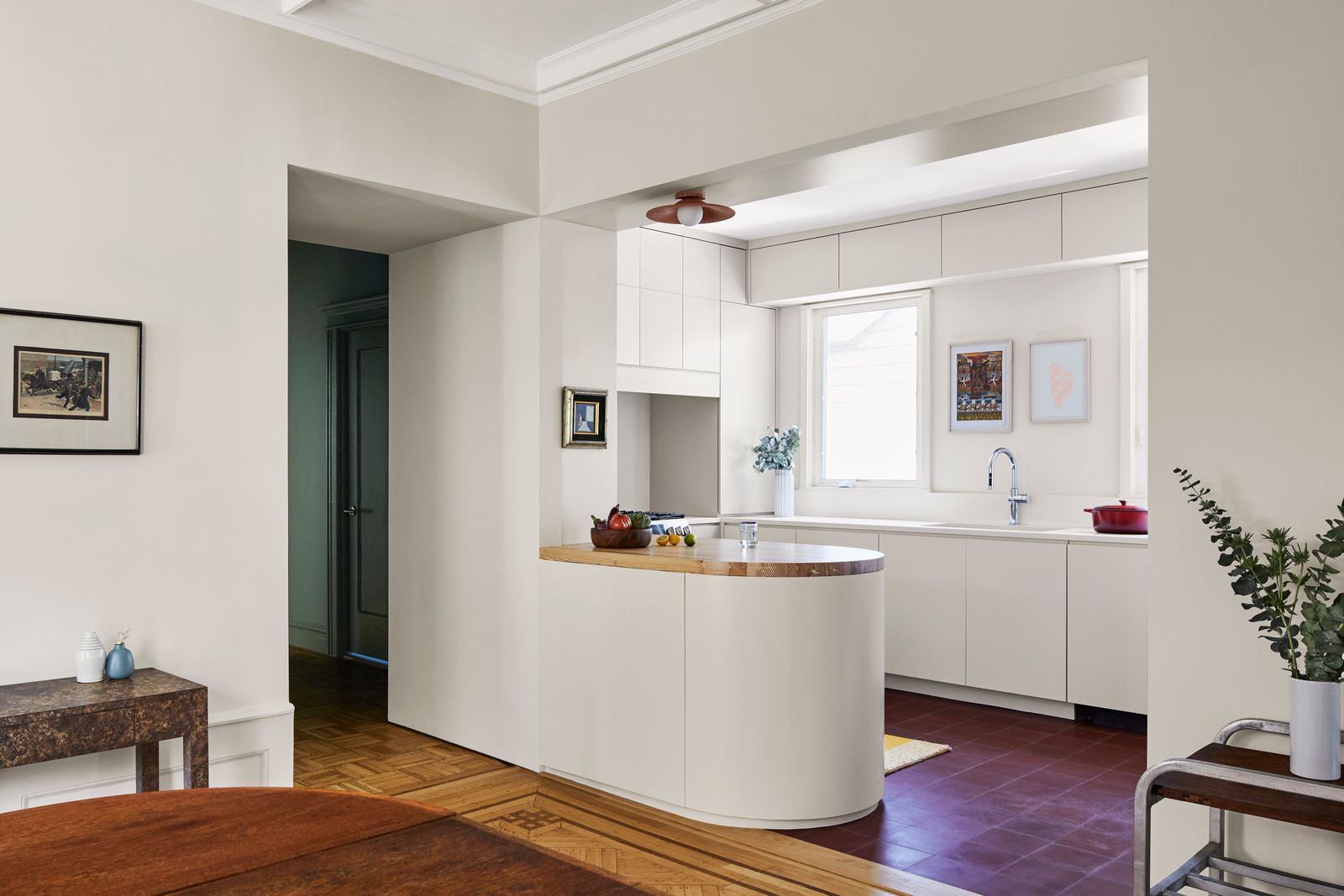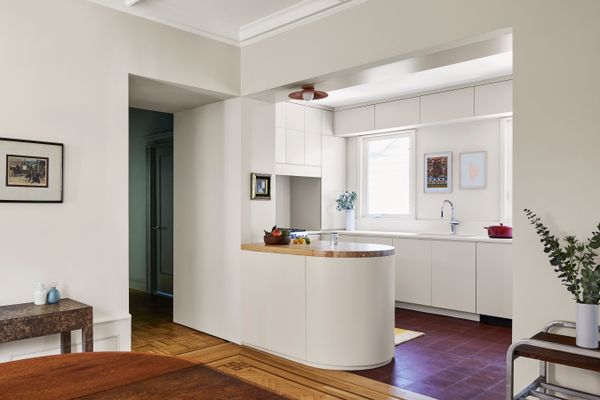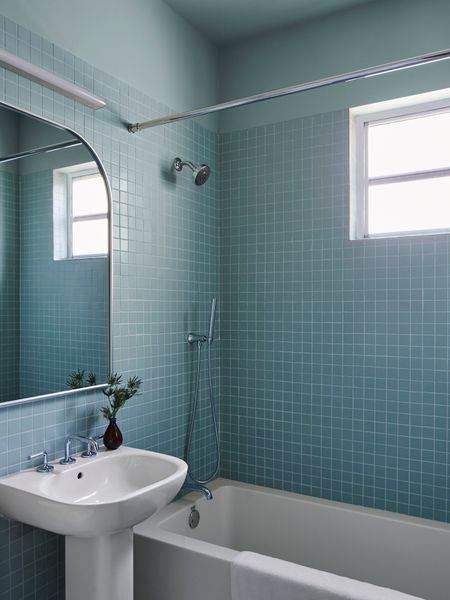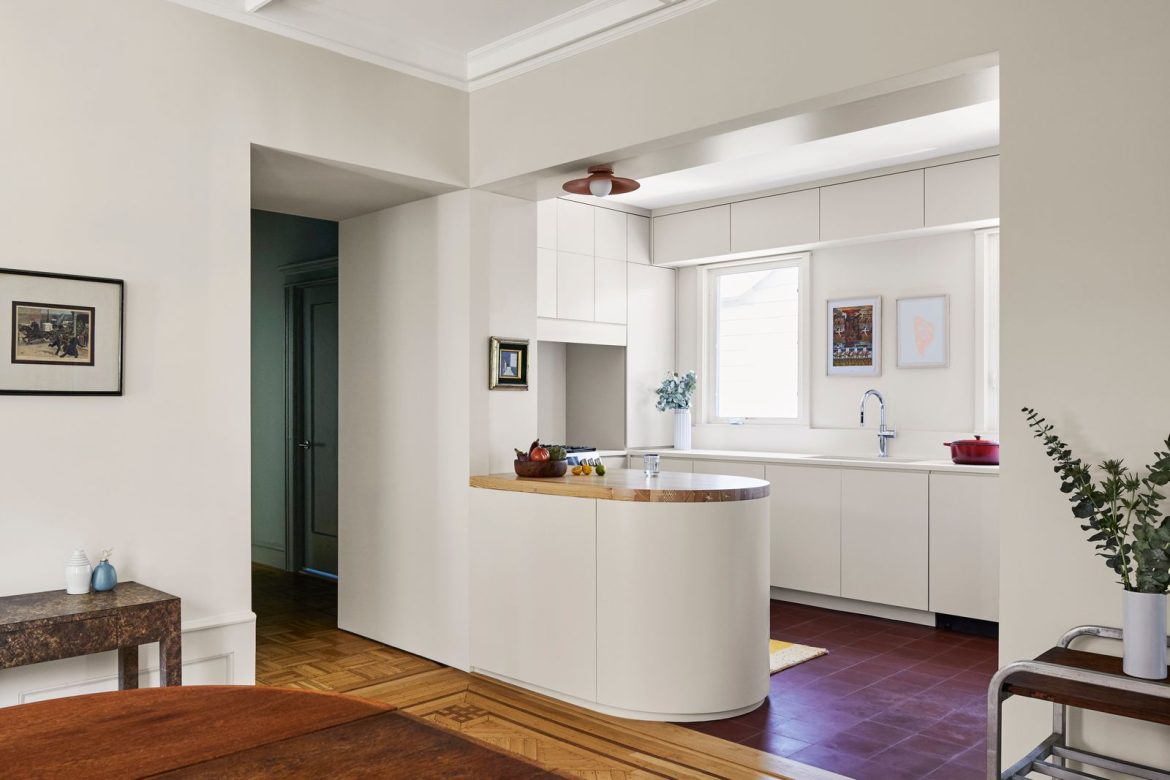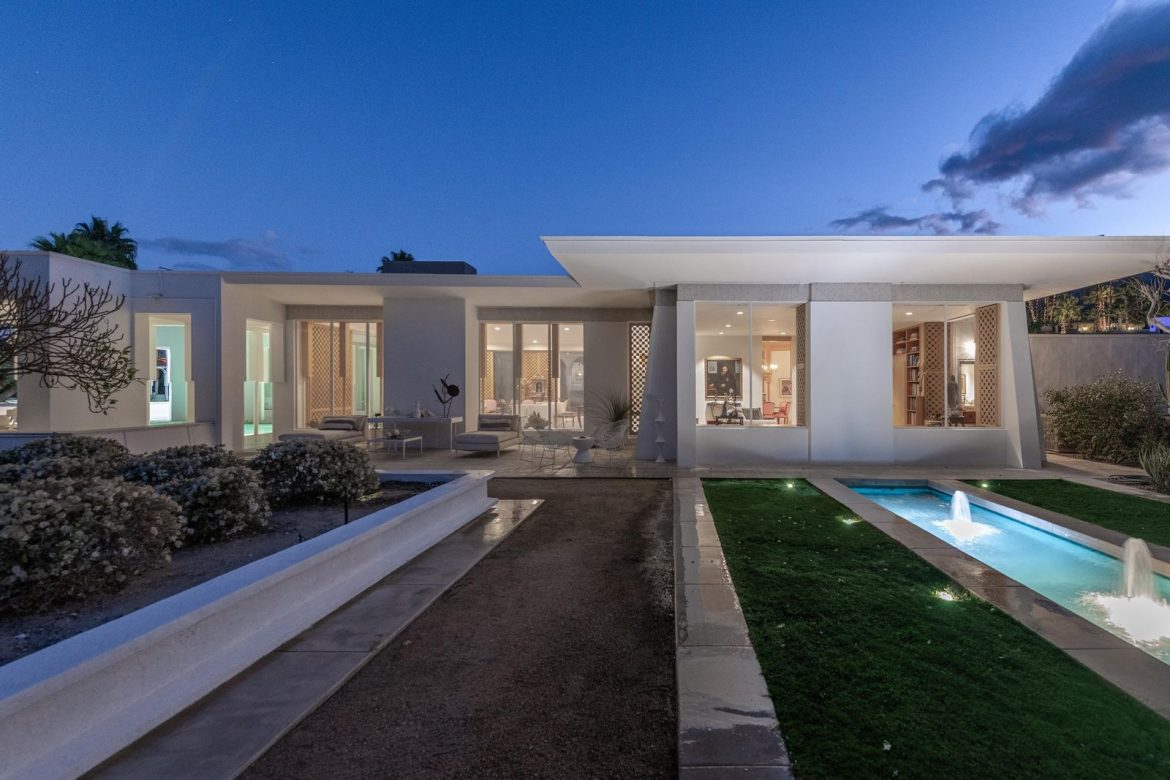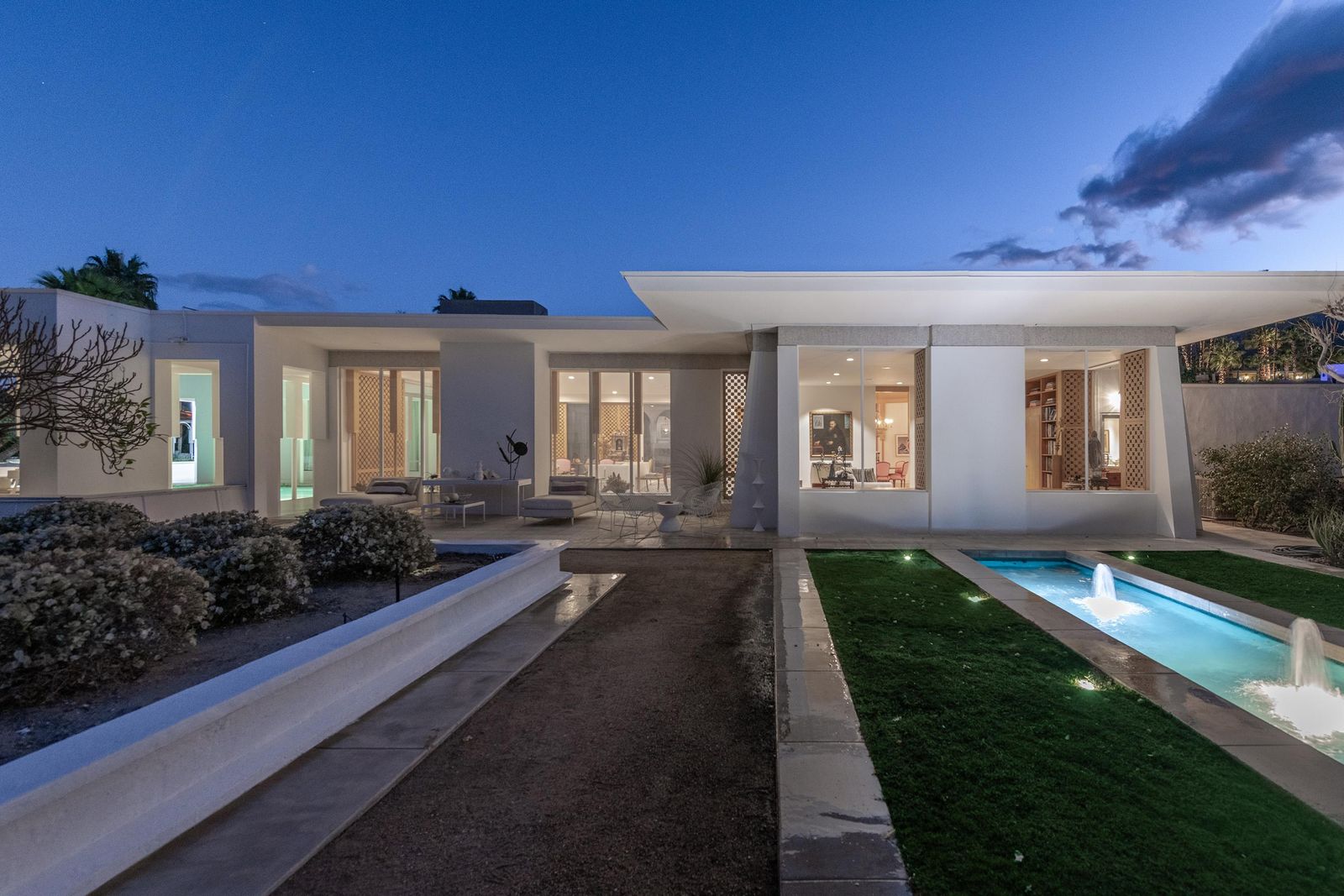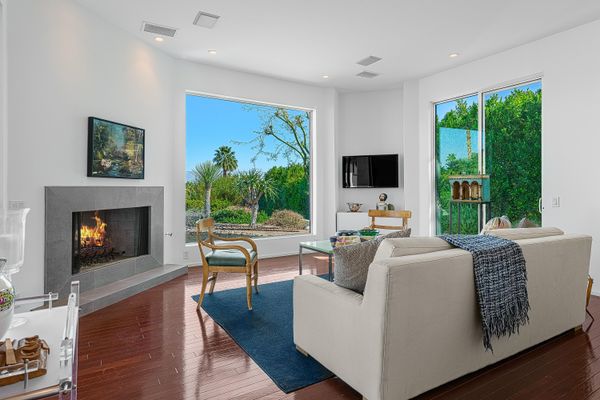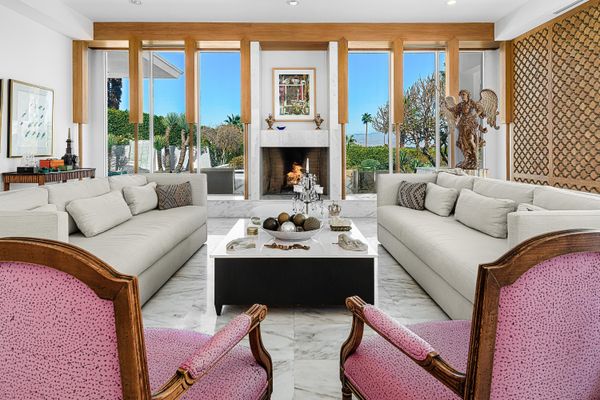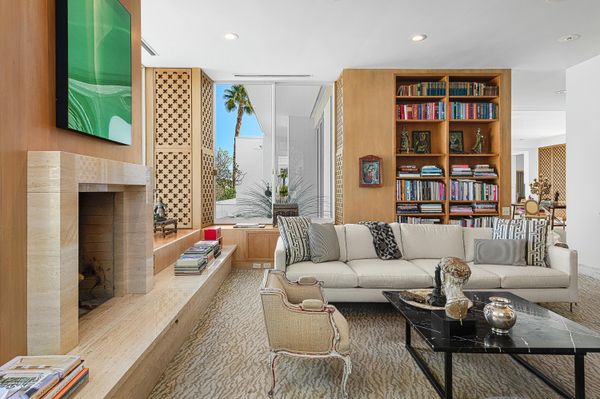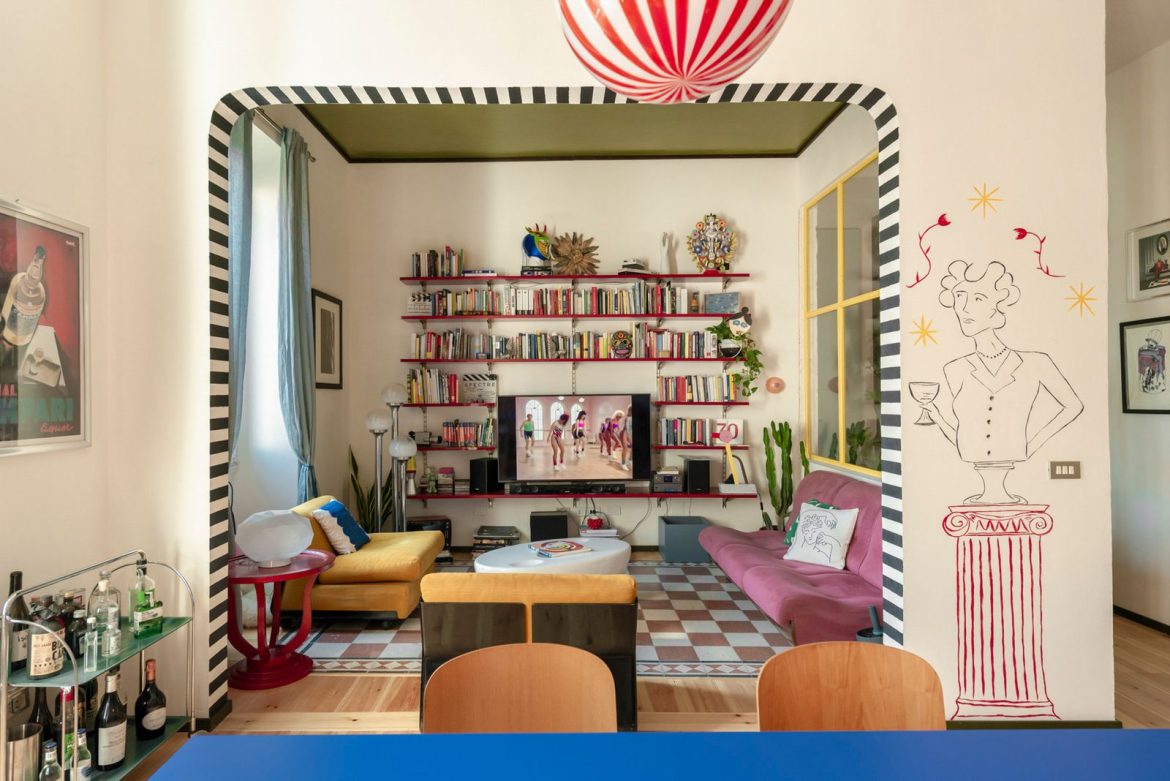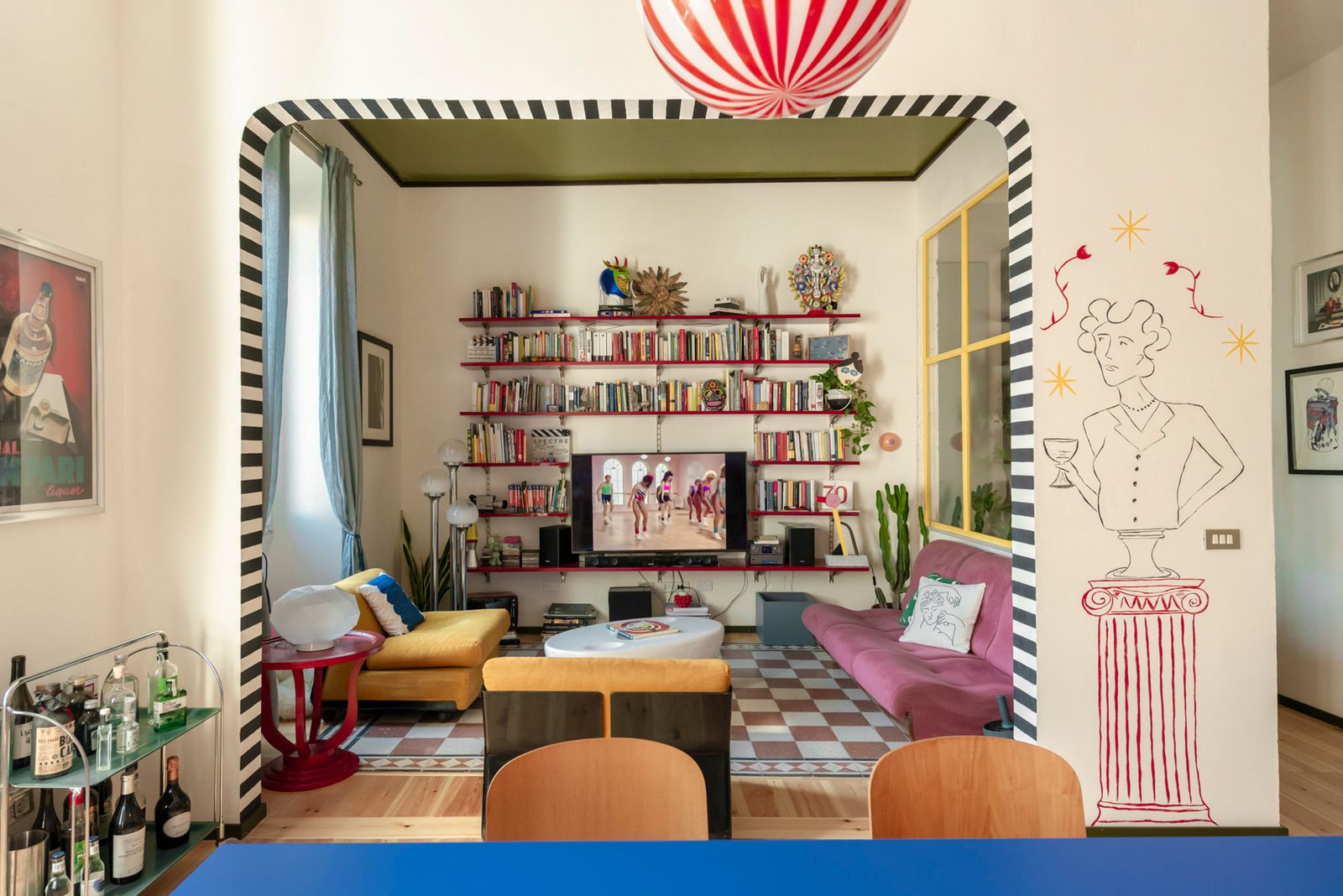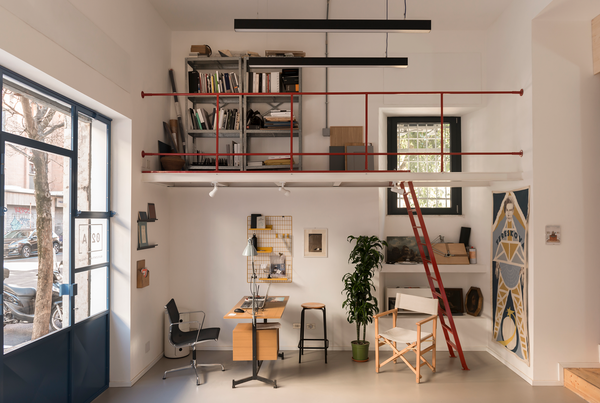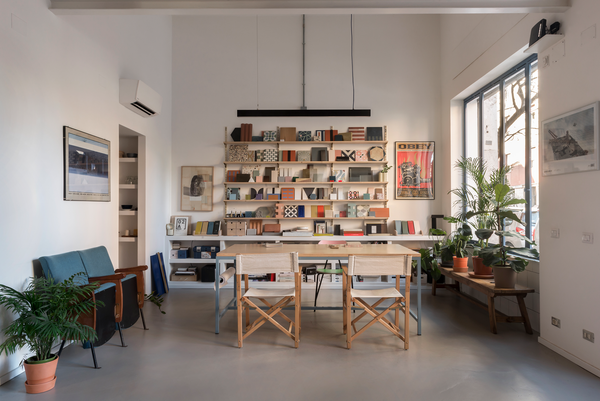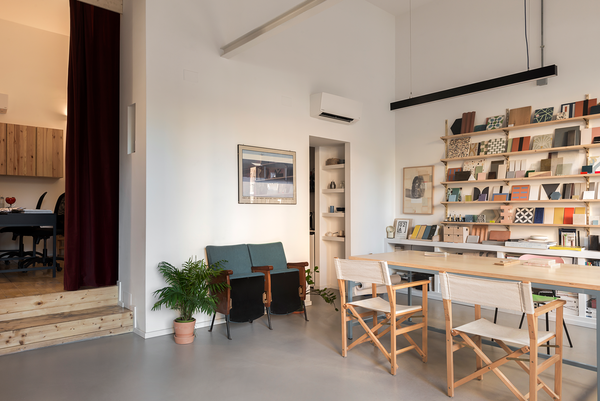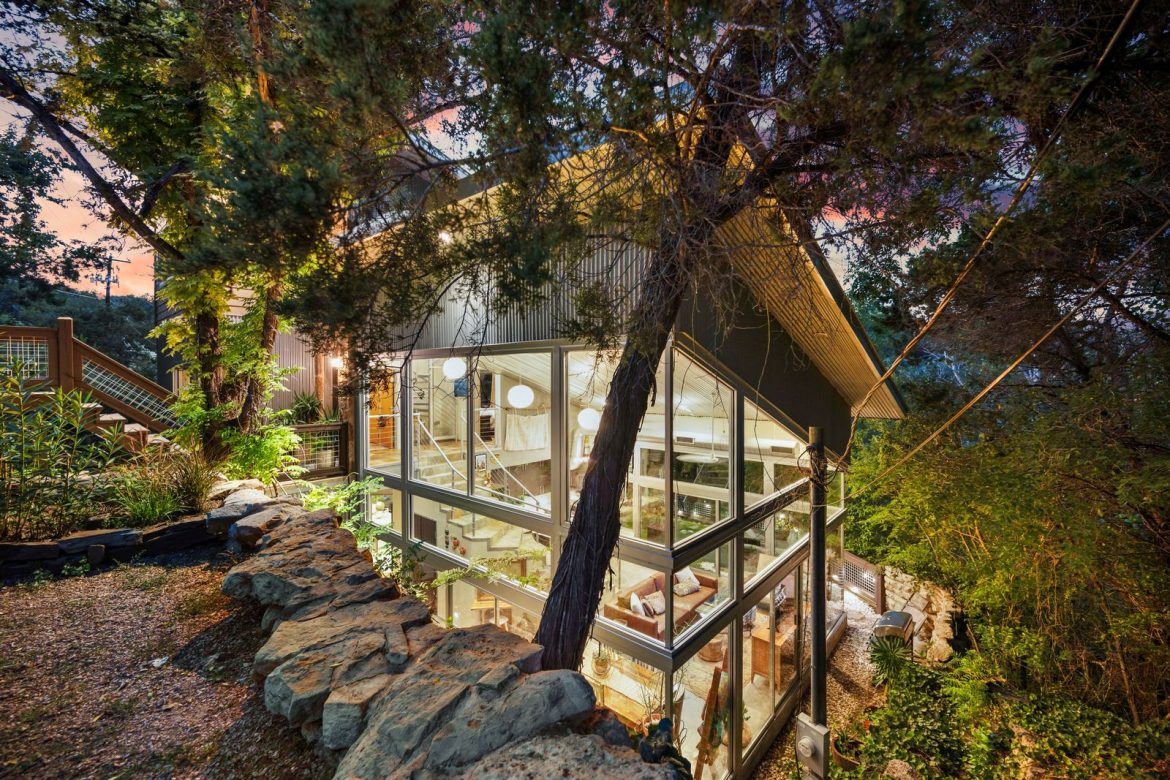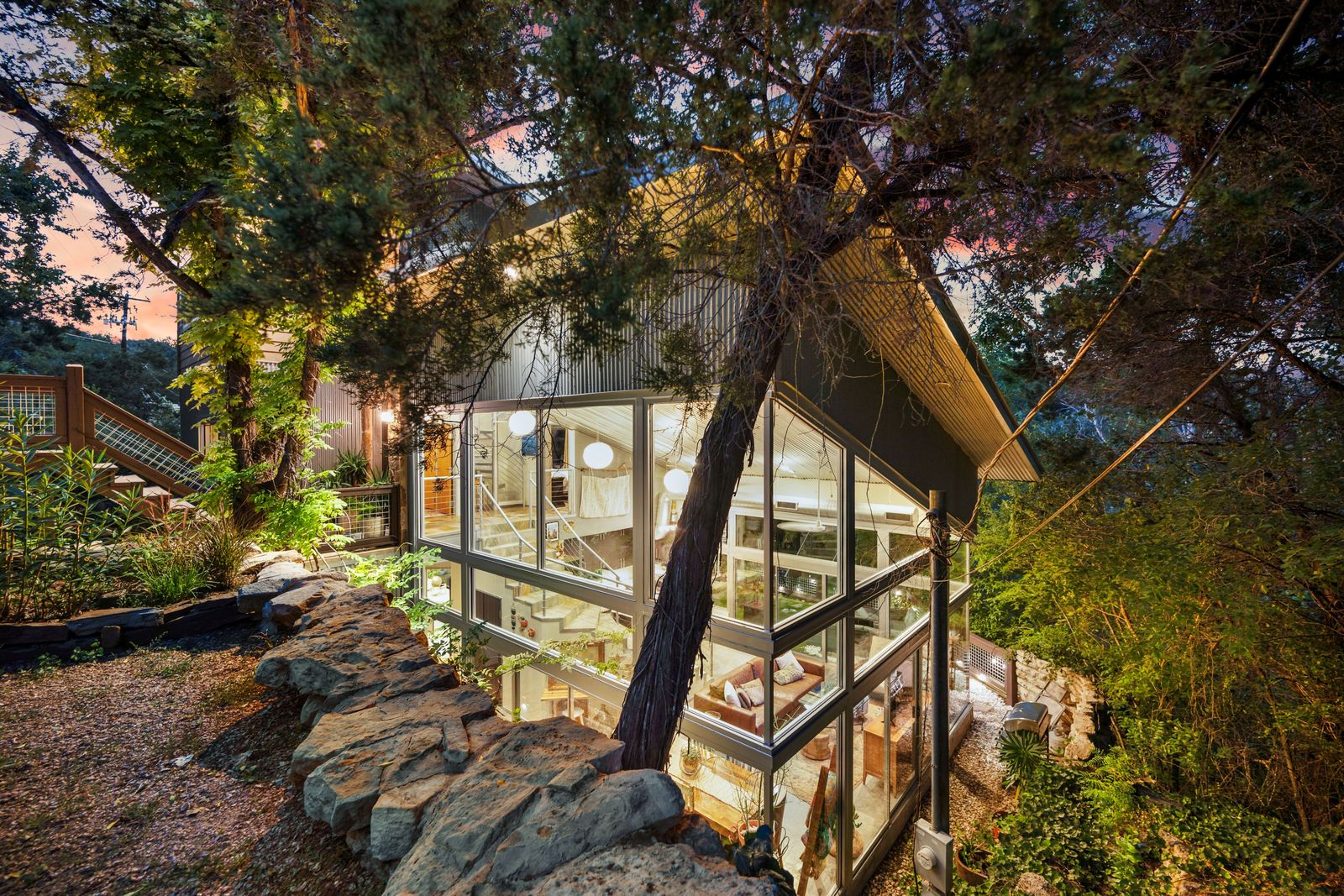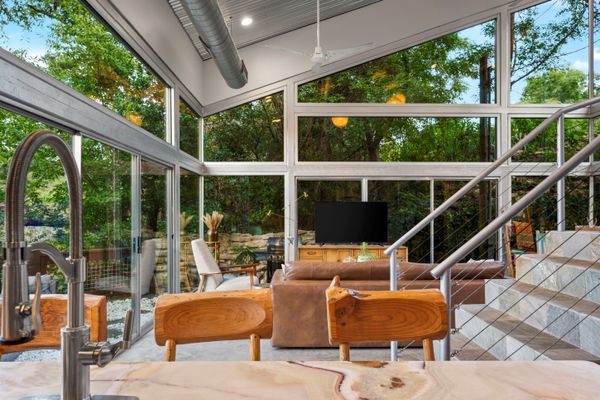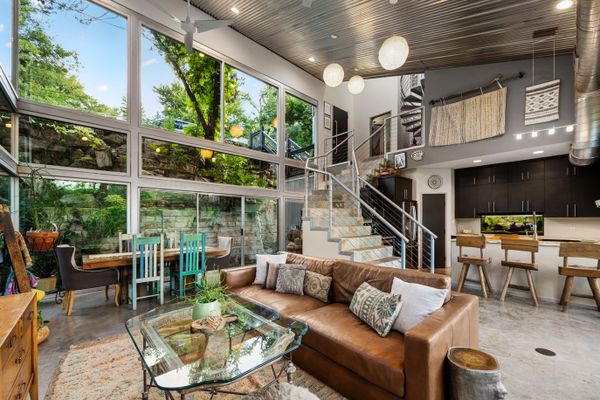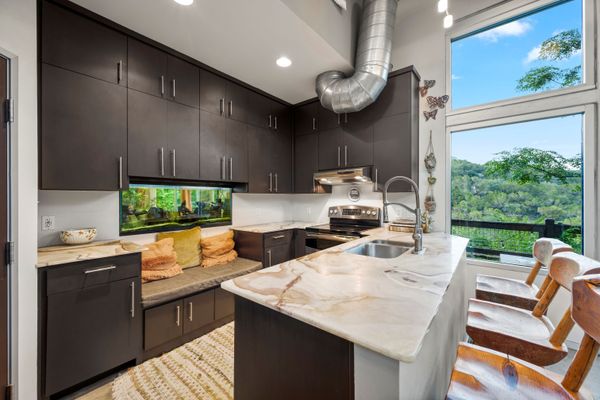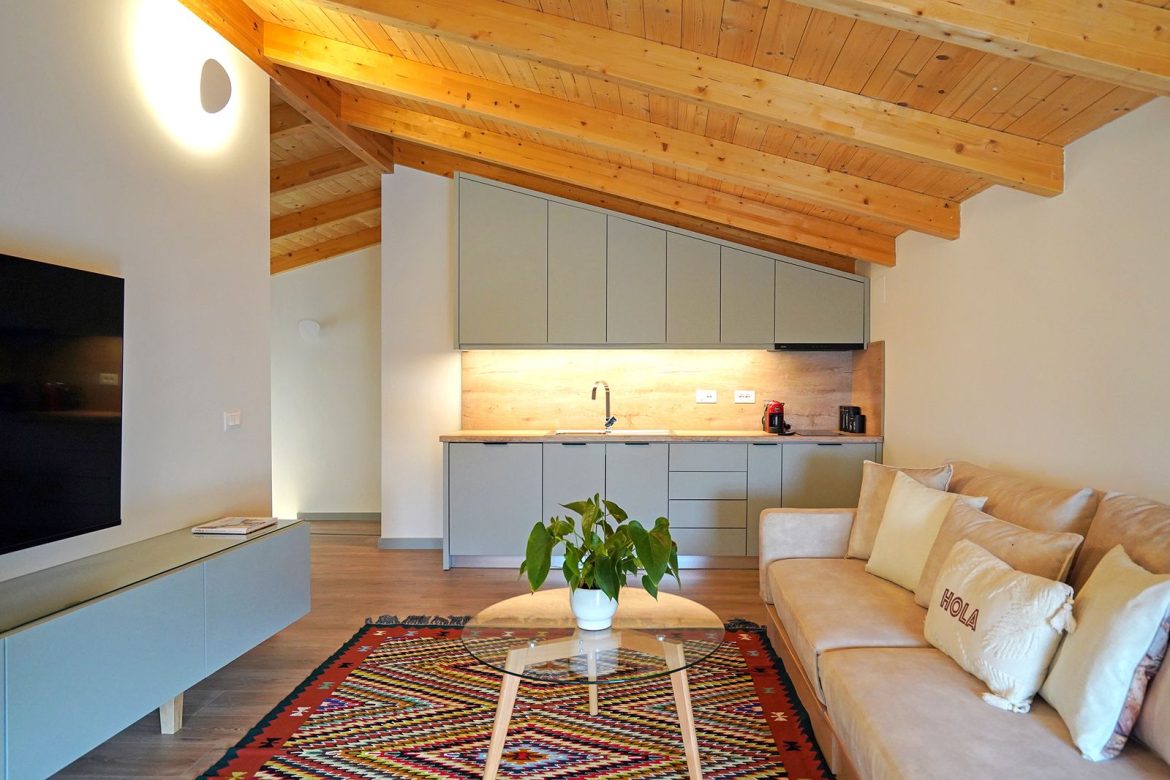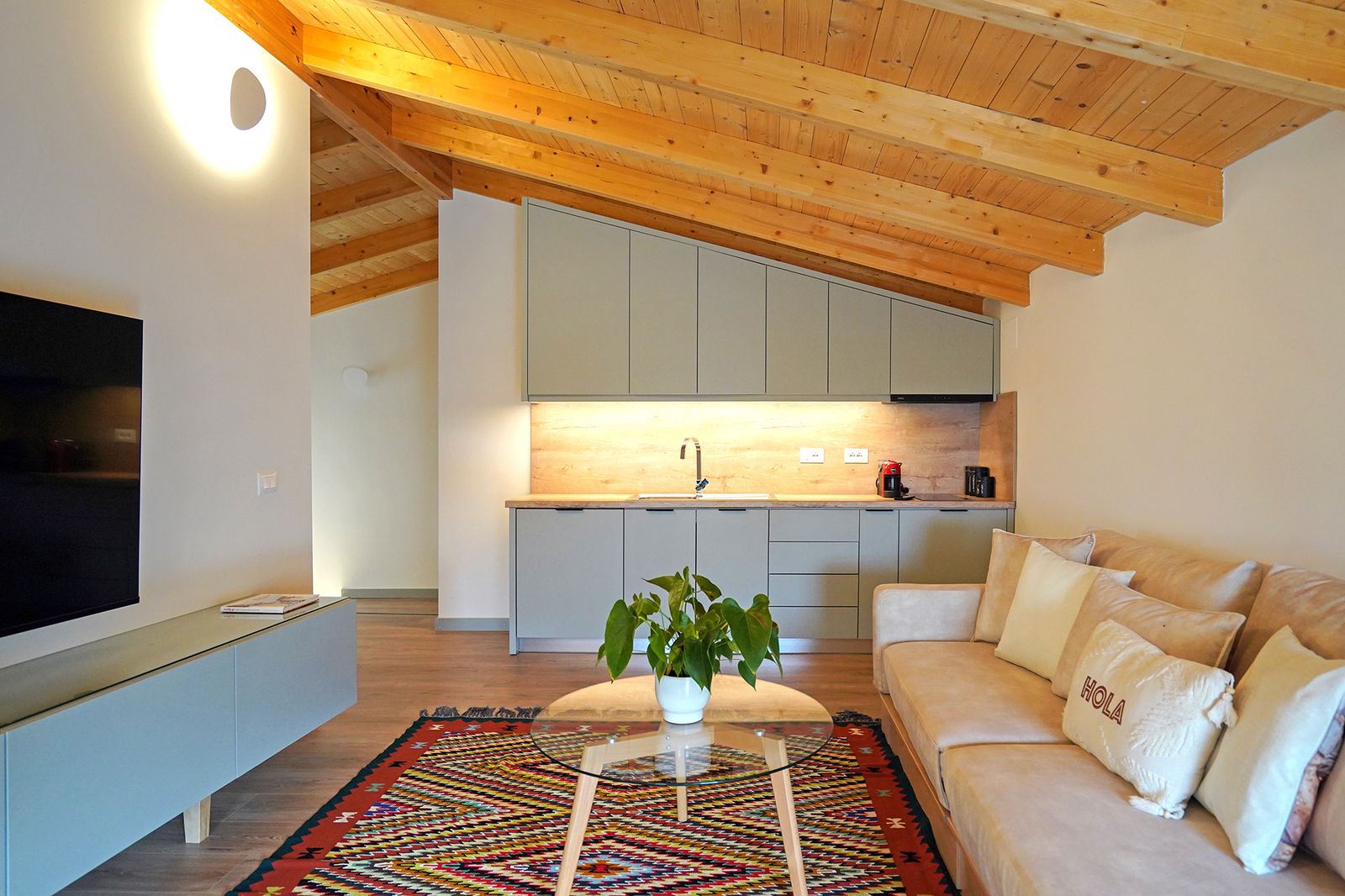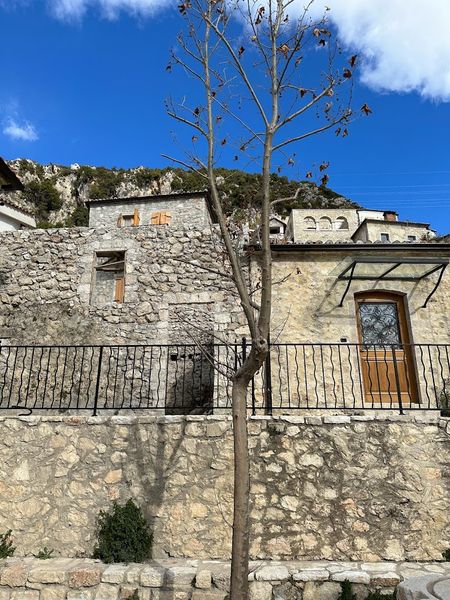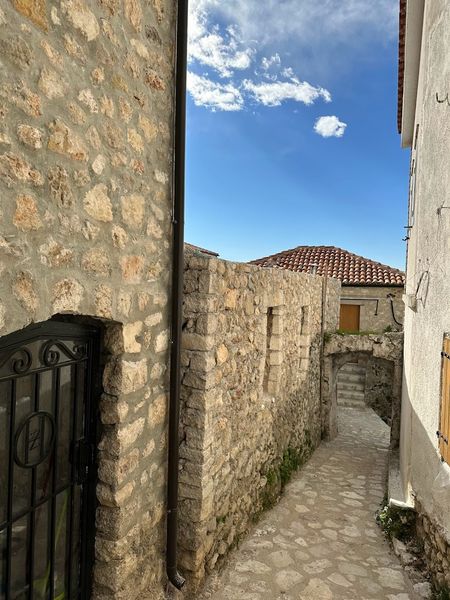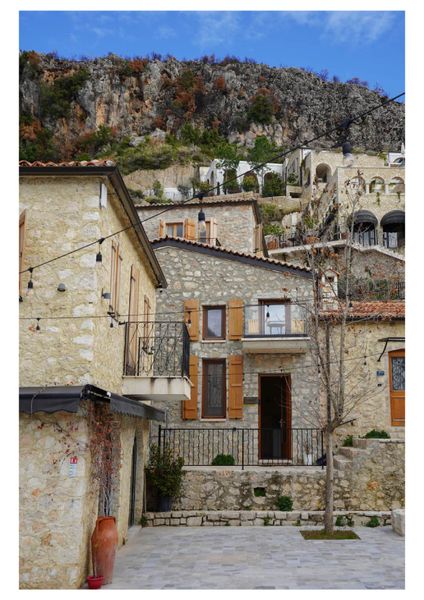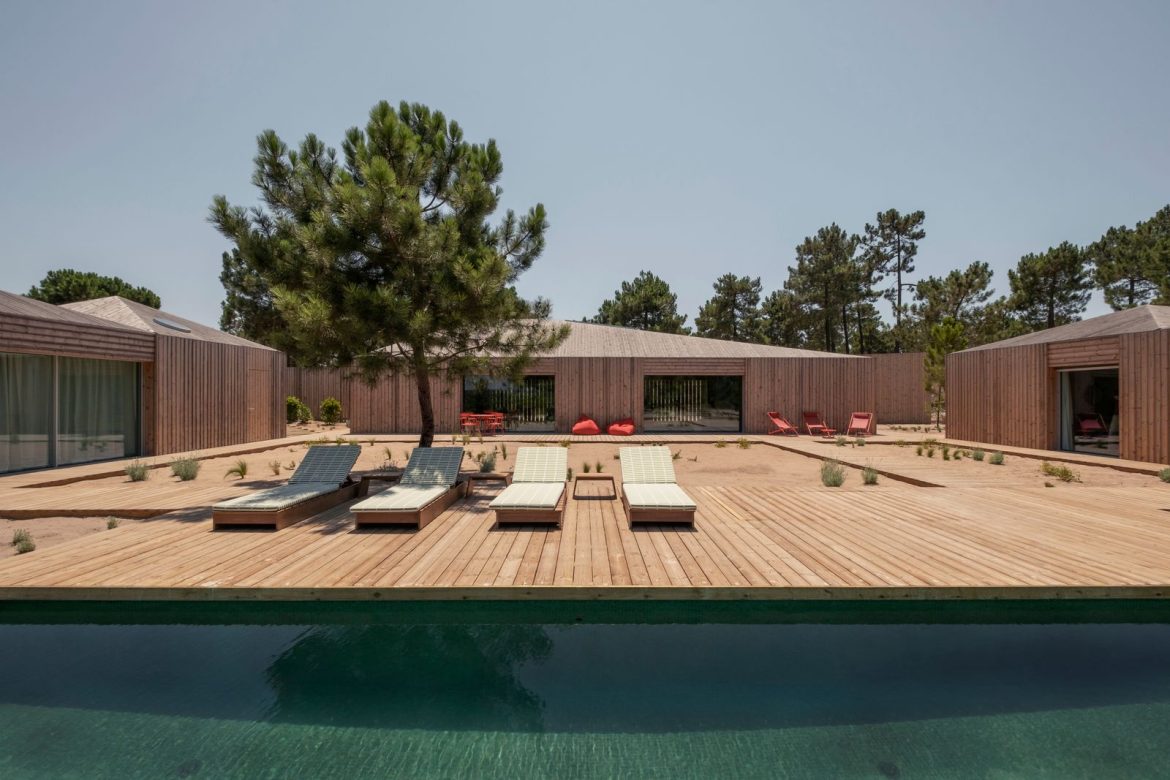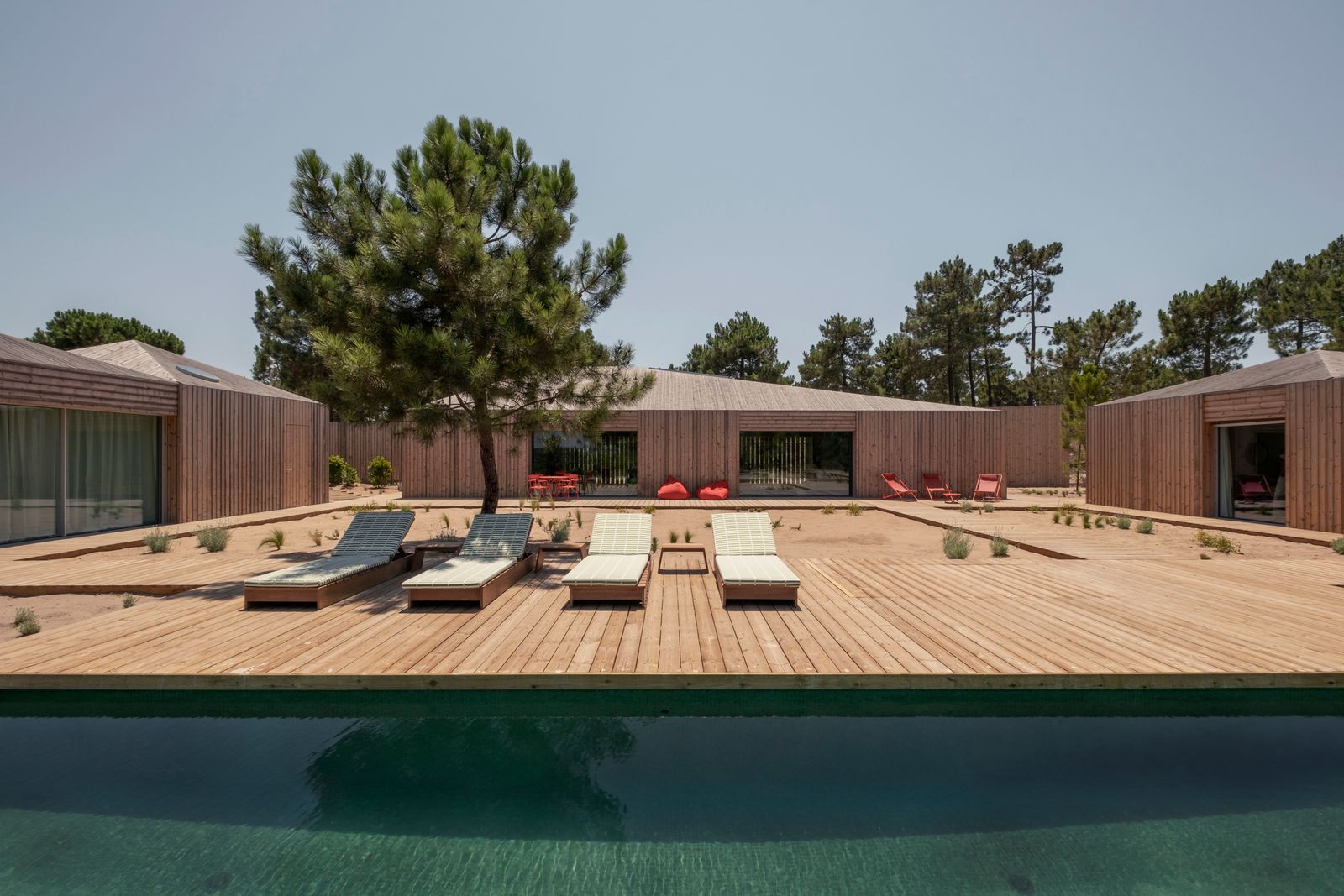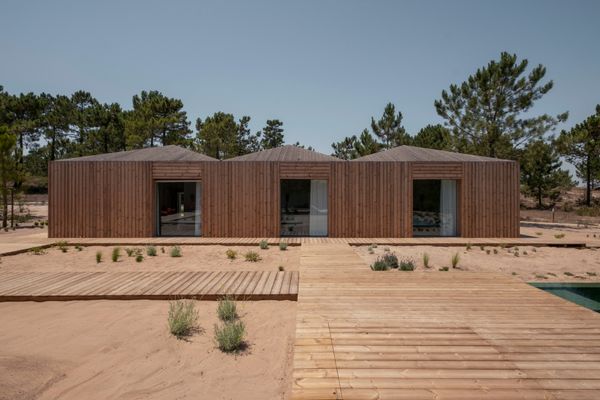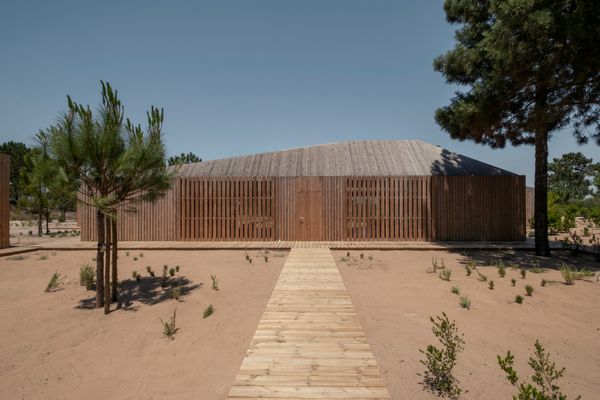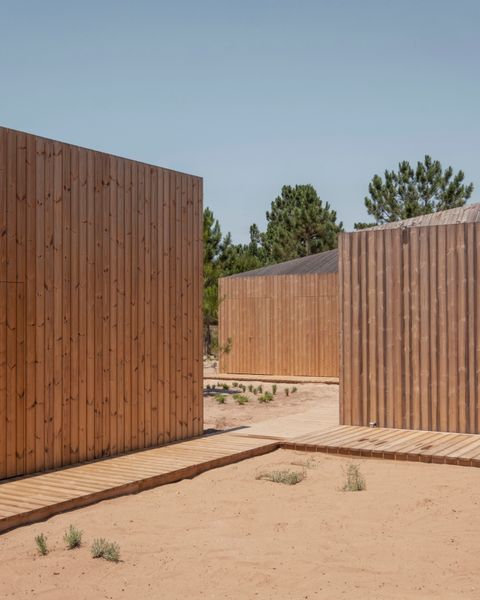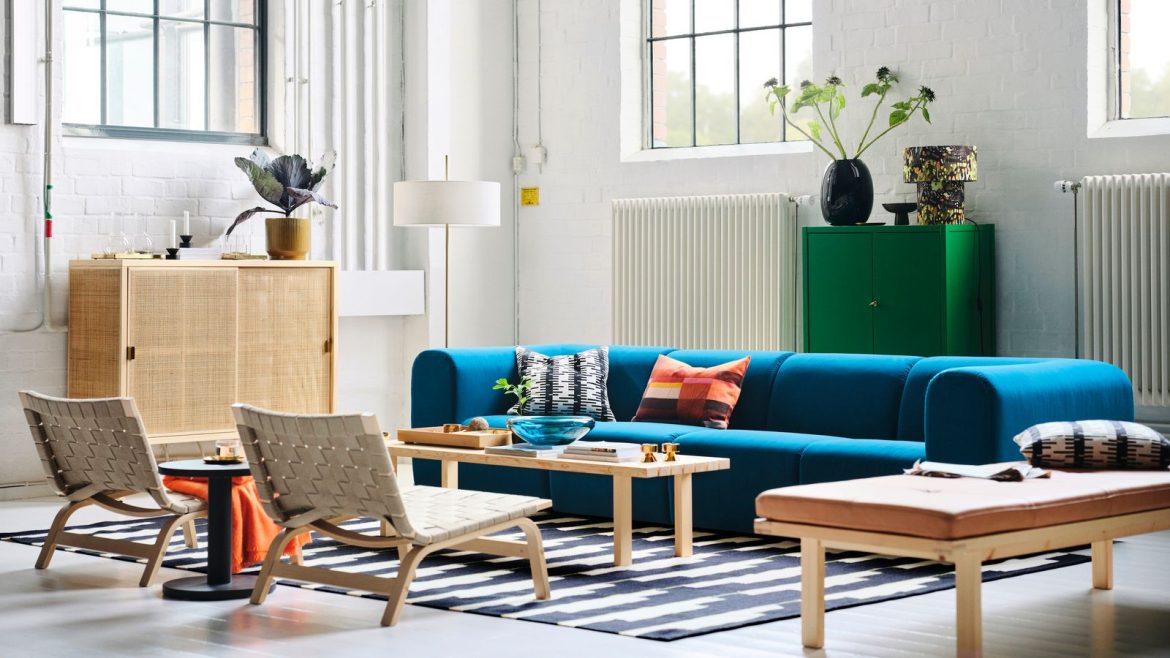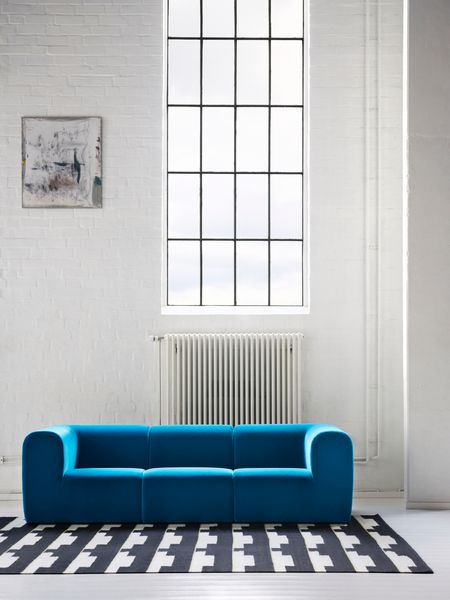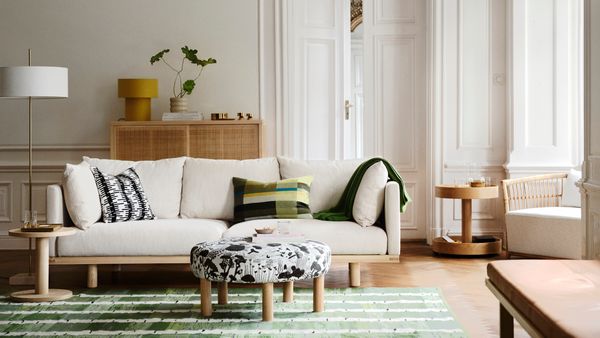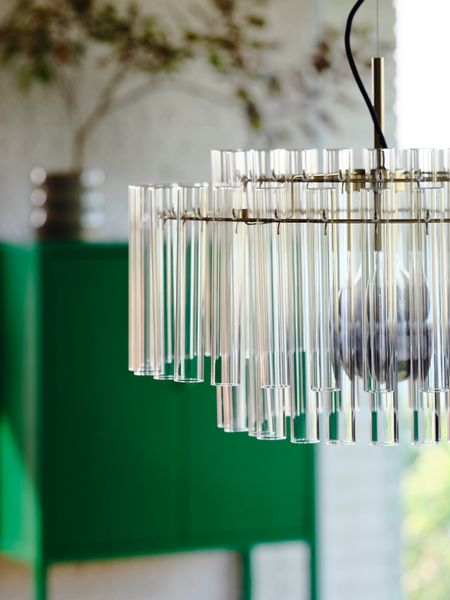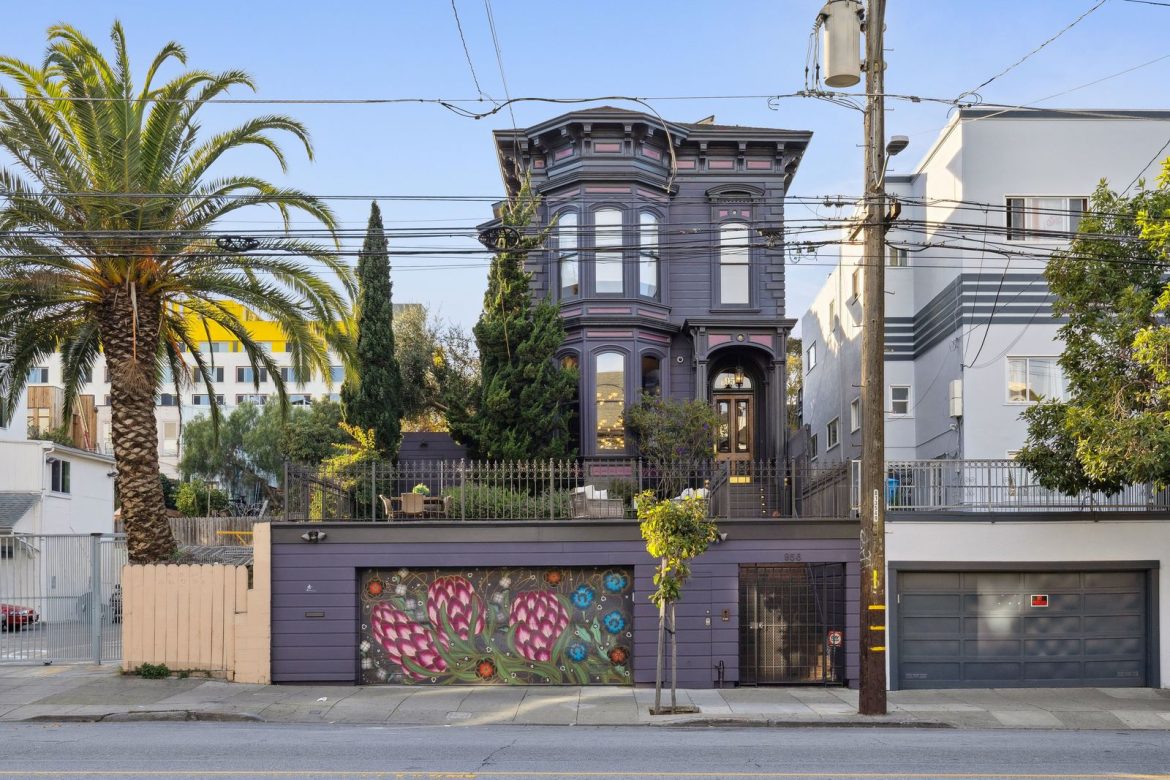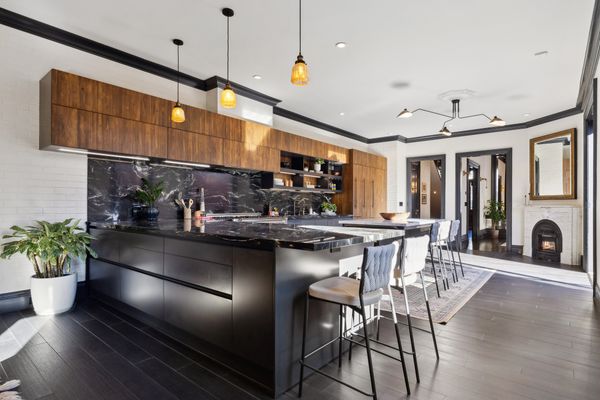In my fight against infestation, I realized that no man is an island, least of all in the New York City rental market.
This is a story with a happy ending—community, hope, a deeper understanding of how we could live in the world—but a less serendipitous beginning. I was lying in bed, falling asleep, when I felt a tickle on my arm. I brushed it reflexively, expecting to feel nothing much, but instead I felt, curled up in my hand, squirming: a roach. Running across me. While I was supposed to be safe and sound in bed. The anguish.
The bug was not, unfortunately, a total surprise. Since I had moved into my grungy, downtown Manhattan fifth-floor walk-up in early 2021, I had been dealing with roaches. At first they were a novelty, a sort of quirky new scenario in my zany New York sitcom. I set traps, poisons, consulted my building’s exterminator. I assumed they’d be a passing crisis, forgotten tomorrow with the next episode’s adventures. When they endured, comedy turned to tragedy. The problem seeped into my self-image. Was this me? Was I the sort of person who had roaches in their apartment?
I had visions of Kafka’s The Metamorphosis and that clip of the woman on 1000-lb Sisters crying about people seeing roaches in videos of her home while a roach is climbing up the wall in the background. Roaches are a tough look to pull off. Other apartment issues can be fun, even vaguely glamorous in a tongue-in-cheek boho chic kind of way. “Oh, my hot water is out because my landlord can’t seem to fix the boiler”—it’s a problem out of La bohème, one that you might tell a friend before breaking out into an aria about being an artist seeking true love. But a bug problem feels personal, a supposed reflection of moral failure. In my mind, I had roaches because on some existential level I was doing something wrong.
At this point, I hear you whispering the same thing that I initially told myself: Move. Get out of there. Heal thyself in the sanatorium of a new home. The problem was that I was trapped by the New York City rental market.
I moved into my place in the depths of the pandemic, when people were leaving cities for big country homes or Florida or wherever else. New Yorkers were fleeing in droves, and the Manhattan market tanked. Landlords were offering deals: Three months free! $400 off your rent for six months! Fortunately, I had the advice of a friend who works in affordable housing, and I snatched one of the deals in a rent-stabilized apartment where the landlord wouldn’t be able to jack the rent back up when the crisis passed. I signed a lease for $1,600 per month for a one-and-a-half-bedroom in Little Italy. I knew that I’d never find something like that again, barring another world-stopping catastrophe.
So, I dug in and didn’t flee. But neither did the roaches. Eventually, I asked experts beyond the friendly man who came once a month to spray the building what I should do, but I only did that after I had tried to handle the problem on my own. As the experts later told me, I started going about it all wrong.
Initially, after doing a deep clean to make sure there were no hidden roach nests in the apartment, I set baited traps to kill whatever might be hiding, which Jesse Scaravella, owner of Evergreen Eco Pest Control, now tells me is a common mistake. “Everybody gets on the bait cycle,” he says. The problem with baited traps is that in addition to trapping roaches, they also attract them. “You’re kind of creating a beacon.” I was dealing with German cockroaches, which are smaller than the monstrous American cockroaches. Despite being larger, I learned that American cockroaches are less of a headache overall. In New York apartments, they’re usually lost wanderers coming up from sewers via pipes. They are big, but they are often solo travelers and are less likely to linger and infest than their smaller German counterparts. German roaches, once invited inside by bait or food crumbs, will lay eggs and reproduce, multiplying your problems. Because they’re so small, they can get in from small cracks or gaps around poorly sealed pipes, for instance, or even the gap beneath the door. Once inside, they look for moisture and food and can snuggle up in tight spots.
Roaches, I realize, are an architectural issue, and in an old claptrap like mine, the borders are weak.
“Cardboard is the enemy,” Scaravella tells me. “All those boxes are infamous for traveling roaches.” Collections of plastic bags, like the kind I used to keep under the sink, also create cozy breeding grounds for them.
Scaravella’s advice is to clean up food crumbs carefully and look for anywhere that moisture accumulates—maybe condensation on a cold pipe or in an appliance. Deal with that, and you will reduce what is attracting the bugs into your home. The next step is keeping them from getting in at all.
“The question is not about, Can you get rid of them?” Timothy Wong, the technical director at M&M Pest Control, tells me. “The question is, Can you prevent them from coming in?”
After pooh-poohing the other products I panic-bought to keep the bugs away, like essential oils or plug-in sonic repellers, Wong advises me on what exterminators call exclusion, or closing up your apartment so nothing unwanted can get in. “The best long-term solution is sealing up all the access points,” he says.
It’s easier said than done. After I start looking for ways in, I can’t stop finding them. My old tenement apartment, layered with various cheap renovations, is a nightmare. I discover a crack where the floor for some reason steps up, small holes around the showerhead, an eerie gap where a pipe runs through the ceiling into the great beyond. I caulk in a frenzy, and when the gaps are too wide, I roll out the duct tape. I develop a maniacal focus on recording where I see them to figure out how they get in, making spreadsheets of sightings. For the persistently difficult portal to hell apparently located in the cabinets beneath my kitchen sink, I bust out some double-sided carpet tape and line the front perimeter of the cabinets to create a barrier that catches any bugs trying to escape, trapping them until I pluck them out to their graves.
I make some progress, liberating the bathroom and bedroom, but I can’t seem to win the whole apartment. Roaches, I realize, are an architectural issue, and in an old claptrap like mine, the borders are weak.
“The problem is that in New York City, you’re not living in an apartment where you are the only caretaker,” Wong tells me. “You’re living with all these neighbors, and you have no idea what their sanitation or hygiene is like.”
No matter how clean I keep my place and how many cracks I fill, I can’t control what happens next door. This ends up being my final liability.
“That front door is always going to be subject to insects coming in,” Wong says, and he’s right in my case. It’s the one place where the roaches still made it inside, even after all of my efforts. It’s not possible, apparently, to seal myself off from the world around me. Who knows if one of my 20-or-so neighbors is hoarding old boxes or leaving food out overnight or being anything less than monomaniacal in their focus in combatting the roach scourge? Who around me is not part of the solution and is therefore part of the problem?
The more I chat with the people around me, though, the less I think that my neighbors are really the enemy. Many of us are in the same boat: We hate the bugs, but our rents are too good to let go of in a city so expensive. Rent stabilization has put us all in a battle together, and though I see us as a horde of tenants floundering in roach-infested waters, others envision more potential.
Cea Weaver, the director of New York activist group Housing Justice for All, tells me, “Rent stabilization…creates a political class of people who can act together.” Neighbors with trash aren’t the enemy; our crummy housing system is. Weaver gives me a quick history of rent stabilization and what it does. “The Emergency Tenant Protection Act, which is commonly known as rent stabilization, has been around since 1974,” she says, but over the following decades, the real estate industry successfully lobbied to get loopholes in the system that reduced the number of stabilized units in the city. A 2020 study from the New York City Rent Guidelines Board found that the city had lost about 145,000 rent stabilized units since 1994.
I’ve started to think of my roaches not as a personal flaw but as a defect in the country’s housing system.
In 2019, tenants groups like Housing Justice won big in the state legislature, which decided to strengthen rent stabilization in New York City and expand it to the rest of the state in what Weaver calls a “generational victory.” Now, Weaver calls rent stabilization “the gold standard when it comes to tenant protections, and it covers about forty percent of the rental housing stock in New York City.” As she explains it, the system essentially guarantees the right for tenants to renew their leases and limits the amount that rents can go up. Rent stabilization laws set up the Rent Guidelines Board, which meets annually to determine the most that stabilized rents can go up that year. During the peak pandemic years, the board said that stabilized rents couldn’t go up at all. Usually the amount is in the low single digits.
Weaver and Housing Justice are now trying to organize tenants into a political group that can advocate for better living conditions. The U.S. housing system has long privileged homeowners, offering them tax breaks and mortgage protections. Ownership is part of the American dream. But Weaver and I discuss how outdated that model is at a time when more and more people are giving up on the idea of ever buying a home, especially in New York City. “Stability and security is not something that can be reserved for people who own a home,” she says.
Rent stabilization is perhaps not the sexiest solution to the housing crisis, but, Weaver says, it’s one with the ability to help people across social spectrums. “One of the things that I think makes rent stabilization so special is how many different types of people have a stake in it succeeding,” she says. “It is for working class people. It’s for low-income people, it’s for middle-class people. Stabilization is for everybody.”
I’ve started to think of my roaches not as a personal flaw but as a defect in the country’s housing system that leaves so many people fending for themselves and fighting for whatever bits of shelter their landlords deign to provide. More cynically, I have thought of the roaches not as a bug but as a feature of my apartment, one that gets tenants with good deals to move out so the landlord can raise the rent.
I wish I could say I have drawn some wisdom from my roach experience, but the whole ordeal just illustrates to me how little wisdom there is in the American approach to housing overall. After talking to Weaver, I wondered if my time would be better spent petitioning my state senator for better housing policy instead of caulking some crevice for 30 minutes every week.
But then something wonderful happened, at least for me: Last summer, the roaches disappeared. I suspect it had less to do with my work and more to do with some light renovations done to the bakery next door and the stairwell of my building. Whatever, I’ll take the win. At this point, though, I can’t go back to naive optimism about my housing future. I’m sure it’s only a matter of time before I make some other concession to stay in my apartment. Already, my rent has crept up over the past few years, far faster than my salary has, thanks to our current mayor’s appointments to the rent stabilization board, who have voted to allow rents to rise. It may be time to take my battle outside of my home.
“The cost of living crisis is out of control, and we need a rent freeze,” Weaver says. Her goal faces some stiff headwinds: Andrew Cuomo is a leading candidate in this year’s mayoral election, and he has reportedly told real estate leaders that he regrets elements of the 2019 reforms bolstering rent stabilization, which he signed into law when he was governor. But other candidates, like Zohran Mamdani, have signed on to the idea.
Any long-term vermin solution, I’ve learned, requires cooperation with your neighbors. But there’s no reason to stop there. With some broader teamwork, we could all one day be stronger against the bigger pests plaguing our homes.
Top illustration by Tiffany Jan
Related Reading:
A Comprehensive Guide on How to Handle the Pesky Vermin Invading Your Home
New York City Is Failing Tenants. So They’re Getting Organized
‘I Will Die Here’: A Conversation With My Mom About Her East Village Apartment of 27 Years
